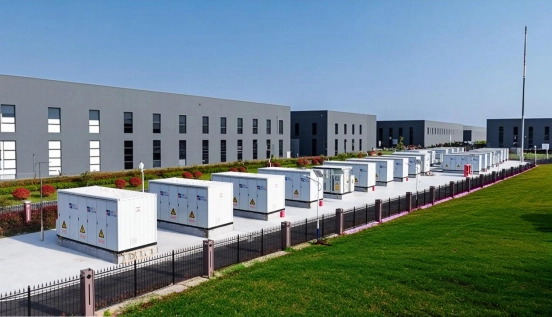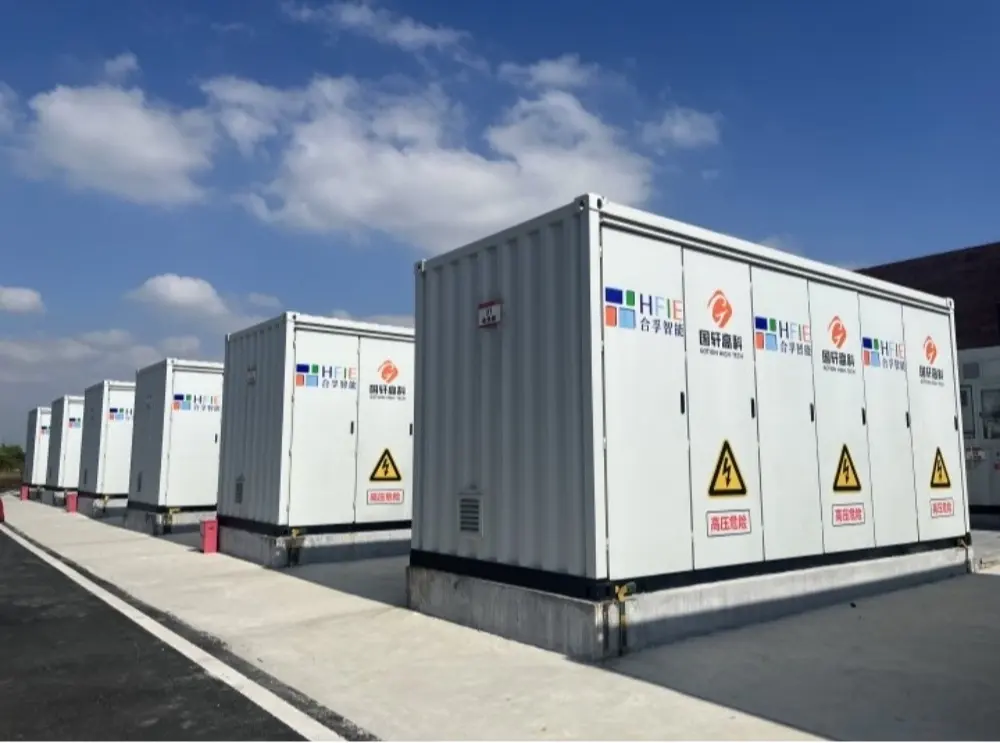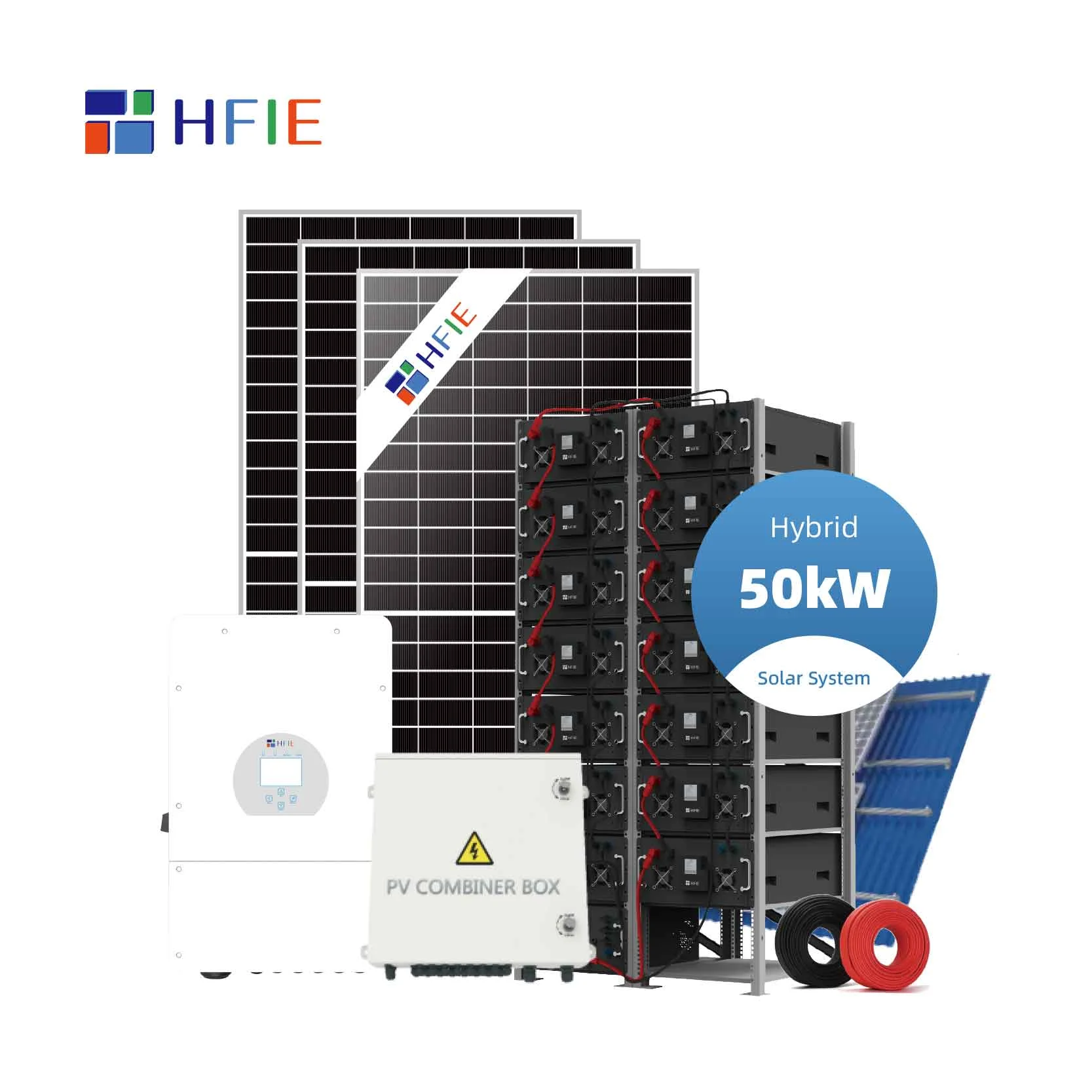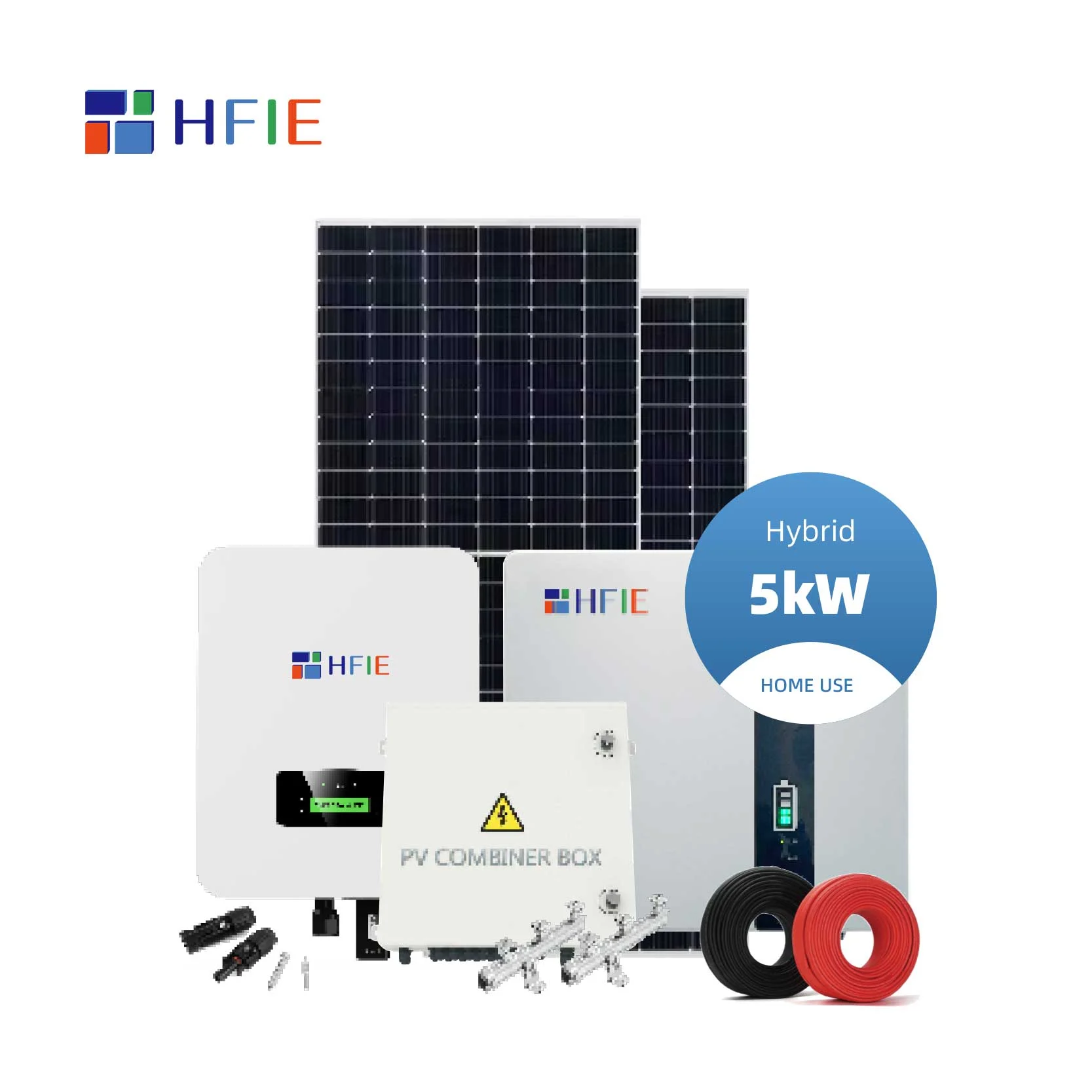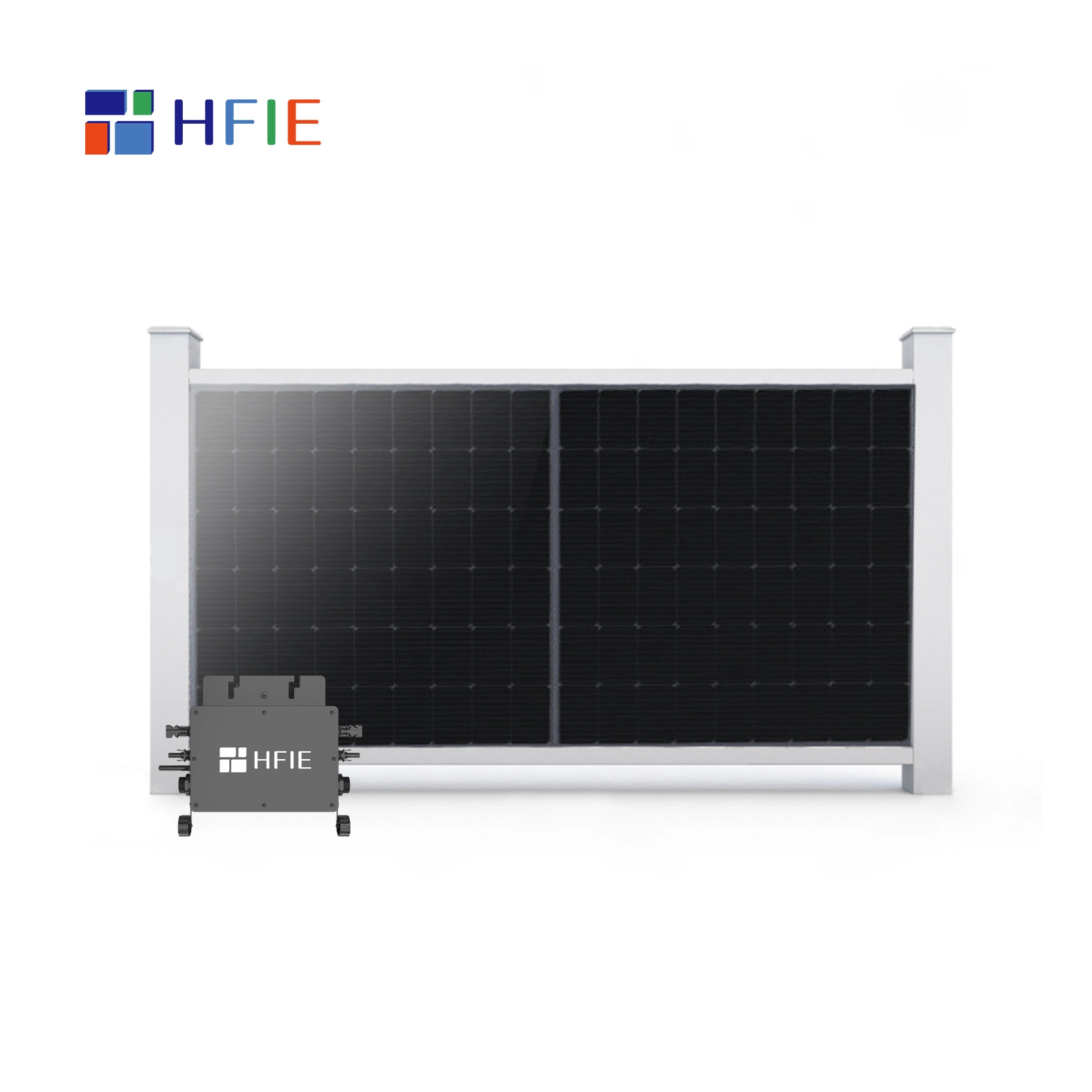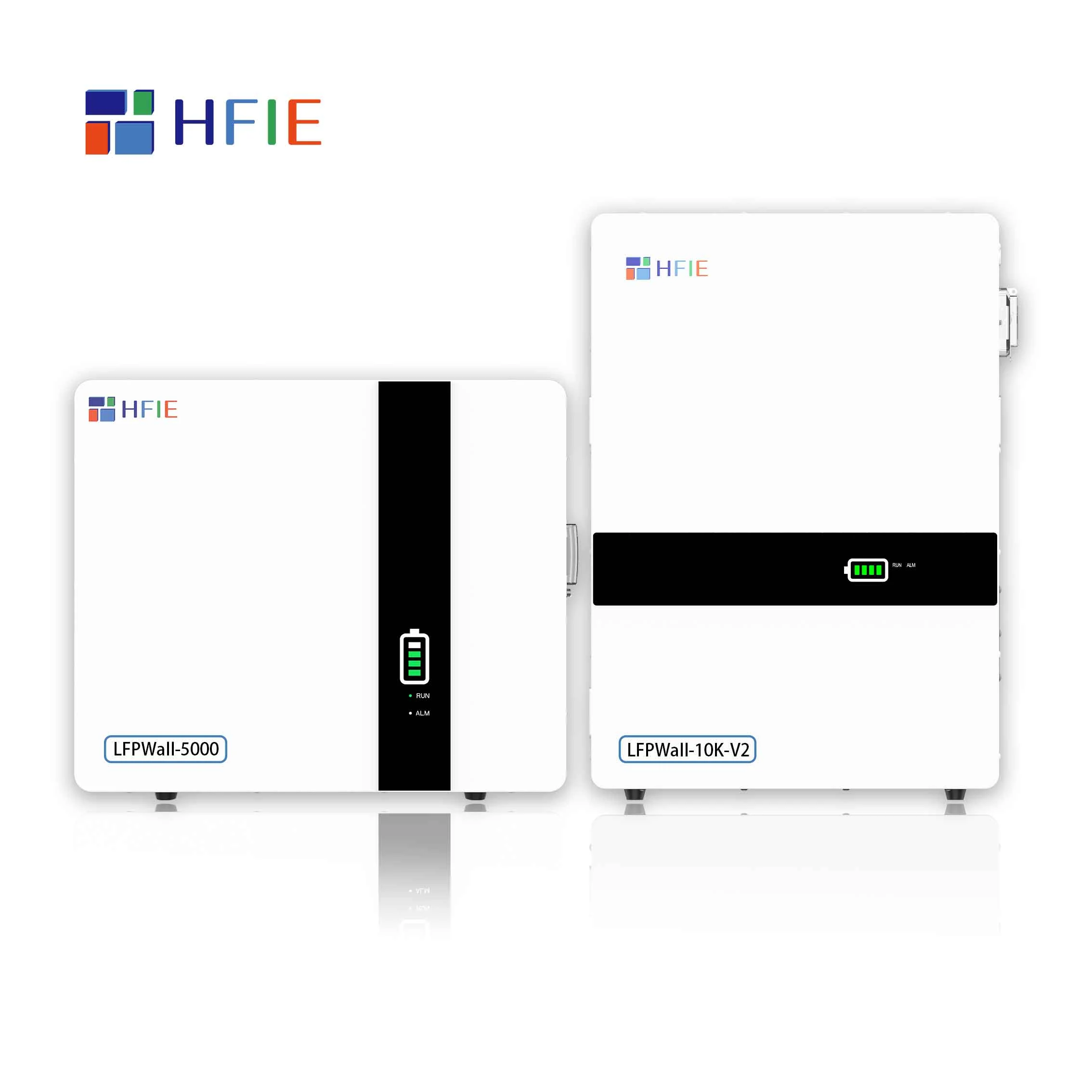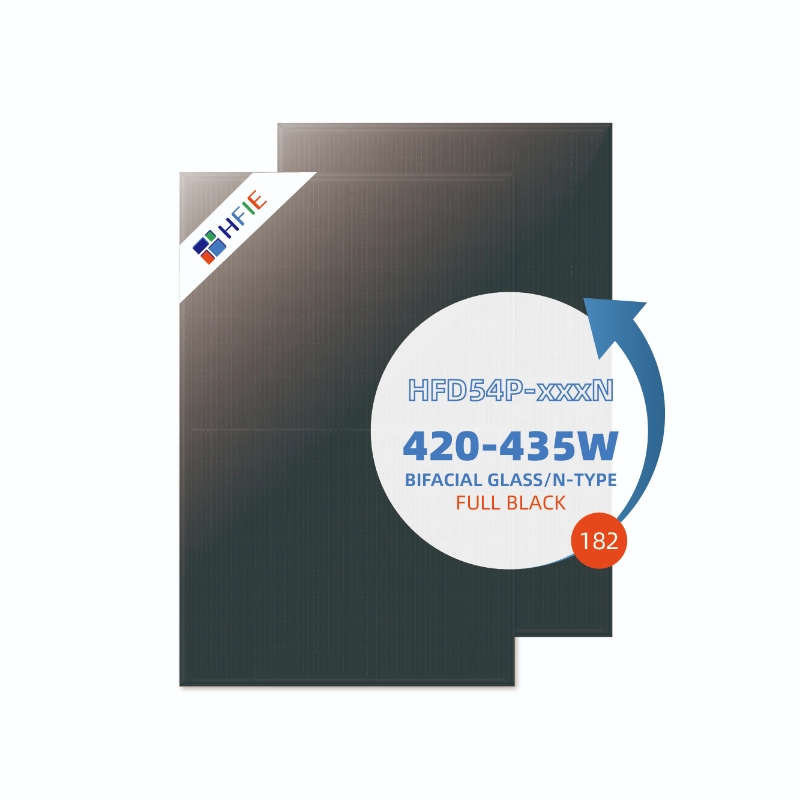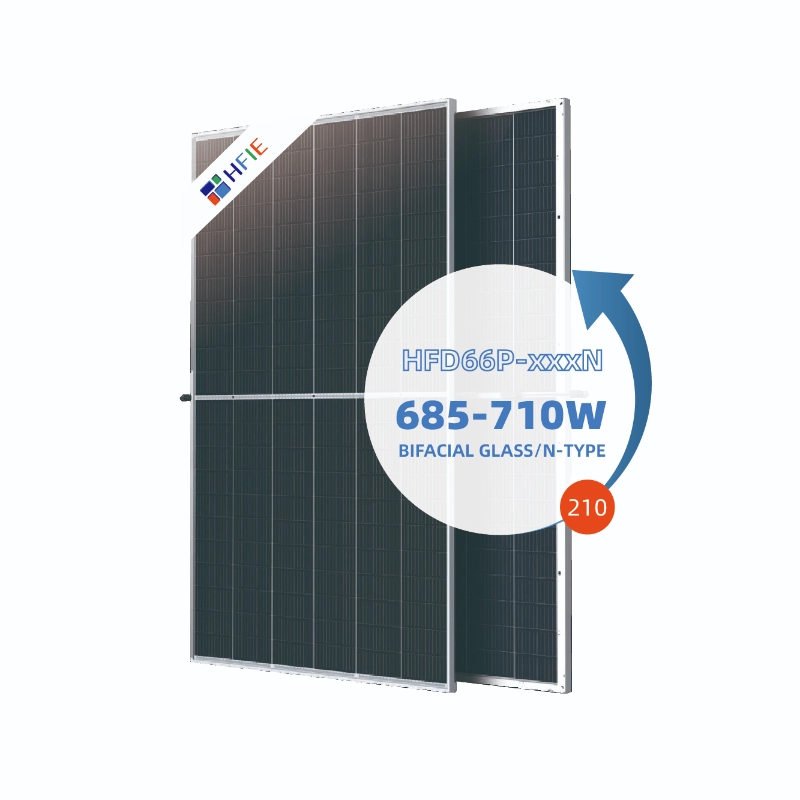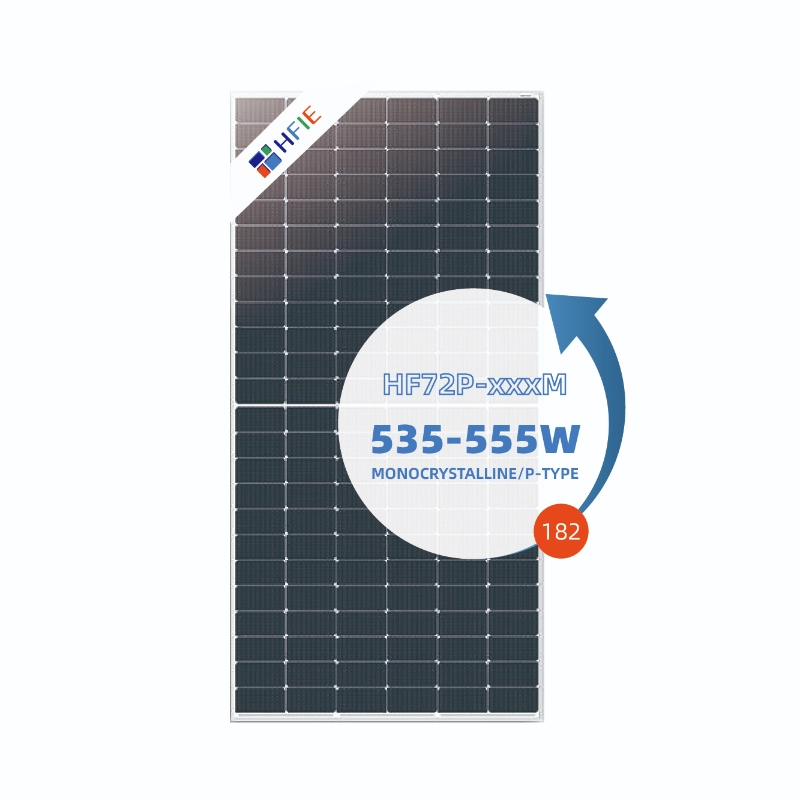Tabla de contenido
Los sistemas de almacenamiento de energía (ESS) y los sistemas de almacenamiento de energía en baterías (BESS) son términos relacionados, pero tienen significados distintos. Si bien ESS es un término amplio que abarca todas las tecnologías de almacenamiento de energía, BESS se refiere específicamente a los sistemas que utilizan baterías para el almacenamiento de energía.
ESS: Sistema de almacenamiento de energía
Un Sistema de almacenamiento de energía (ESS) Es una categoría general que incluye cualquier tecnología diseñada para almacenar energía para su uso posterior, ya sea eléctrica, térmica, mecánica o química. Es el término general para todas las formas de almacenamiento de energía y abarca una amplia variedad de tecnologías.
ESS Aplicaciones
- Arbitraje energéticoLos sistemas de almacenamiento de energía (ESS) pueden utilizarse para aprovechar las diferencias de precios en los mercados eléctricos. Al almacenar energía cuando los precios son bajos y descargarla cuando son altos, los ESS pueden optimizar los costos para los consumidores de energía.
- Microrredes y energía fuera de la red:ESS puede ser un componente crítico de las microrredes y los sistemas fuera de la red, proporcionando almacenamiento de energía confiable para regiones o comunidades aisladas que no están conectadas a la red principal.
- Regulación de frecuencia:ESS ayuda a mantener la estabilidad de la red eléctrica al proporcionar equilibrio en tiempo real entre la oferta y la demanda, especialmente cuando las fuentes renovables crean fluctuaciones en el suministro de energía.
- Respuesta a la demanda:El ESS se puede utilizar para reducir la demanda de electricidad durante las horas pico al descargar energía en la red, lo que ayuda a prevenir sobrecargas de la red y reduce la necesidad de plantas de energía en horas pico.
BESS: Sistema de almacenamiento de energía en baterías
A Sistema de almacenamiento de energía en baterías (BESS) es un tipo específico de ESS que utiliza baterías electroquímicas Para almacenar energía. Si bien se clasifica como ESS, BESS está ganando popularidad debido a su eficiencia, flexibilidad y rápidos tiempos de respuesta.
BESS Componentes principales
Un BESS es un sistema sofisticado e integrado que incluye varios componentes esenciales:
- Módulos de bateríaEstos son el corazón del sistema, donde se almacena la energía. Las celdas de la batería se conectan en serie y en paralelo para formar módulos, que se combinan para crear paquetes o racks más grandes.
- Sistema de gestión de baterías (BMS)Este es el "cerebro" del BESS. Garantiza la seguridad y un rendimiento óptimo mediante la monitorización de factores clave como el estado de carga (SoC), el voltaje, la corriente y la temperatura de la batería. Ayuda a prevenir la sobrecarga, la sobredescarga y el sobrecalentamiento, factores cruciales para la seguridad y la longevidad de las baterías.
- Sistema de conversión de energía (PCS):El PCS es un inversor bidireccional que convierte la energía almacenada corriente continua (CC) electricidad en corriente alterna (CA) Electricidad para su uso en la red eléctrica y convierte la CA en CC al cargar las baterías. La eficiencia del PCS afecta significativamente el rendimiento general del sistema.
- Sistema de Gestión de Energía (EMS)El EMS es un sistema de control de alto nivel que gestiona el funcionamiento de todo el BESS. Determina cuándo cargar o descargar el sistema en función de factores como las señales de la red, la tarifa eléctrica y los horarios predefinidos. Esto permite al BESS realizar tareas específicas como afeitado de picos o regulación de frecuencia.
- Sistema de gestión térmicaPara mantener las baterías a una temperatura óptima de funcionamiento, se utiliza un sistema de gestión térmica que emplea aire acondicionado o refrigeración líquida. Un control adecuado de la temperatura es fundamental tanto para la seguridad como para la vida útil de la batería.
BESS Aplicaciones y casos de uso
La tecnología BESS es muy versátil y tiene múltiples aplicaciones prácticas, especialmente por sus rápidos tiempos de respuesta y alta eficiencia.
- Estabilidad y regulación de la red:BESS puede absorber o inyectar rápidamente energía en la red, estabilizando Voltaje y frecuenciaEsto es particularmente importante para dar cabida a fuentes de energía renovables intermitentes como la energía eólica y solar.
- Afeitado de picosUn sistema BESS puede almacenar energía durante periodos de baja demanda (y bajo coste de la electricidad) y descargarla durante las horas punta (cuando la electricidad es más cara). Esto reduce los costes de electricidad para empresas y consumidores.
- Integración de energías renovablesEl BESS desempeña un papel crucial para mitigar la variabilidad de las fuentes de energía renovables. Puede almacenar el exceso de energía solar o eólica cuando es abundante y liberarlo cuando no lo es, lo que contribuye a una mayor fiabilidad de la energía renovable.
- Energía de respaldoBESS proporciona electricidad de respaldo durante cortes de energía. Puede abarcar desde pequeñas unidades residenciales que alimentan hogares durante un apagón hasta sistemas a gran escala que garantizan el suministro de energía en infraestructuras críticas como hospitales o centros de datos en todo momento.
- Energía remota y microrredesEn zonas aisladas o remotas, BESS puede proporcionar electricidad confiable. Se puede utilizar en microrredes, garantizando la independencia energética y proporcionando un suministro eléctrico estable sin depender de la infraestructura de la red eléctrica tradicional.
ESS frente a BESS
| Característica | ESS | BESS |
|---|---|---|
| Definición | Sistema general de almacenamiento de energía | Almacenamiento de energía basado en baterías |
| Método de almacenamiento de energía | Múltiples (mecánicos, térmicos, etc.) | Baterías electroquímicas |
| Eficiencia | Varía | Alta (especialmente de iones de litio) |
| Tiempo de respuesta | De segundos a horas | Milisegundos |
| Aplicaciones | Estabilidad de la red, reducción de picos, respaldo, energía remota | Estabilidad de la red, reducción de picos, respaldo |
| Costo | Varía | Generalmente alto |
| Mantenimiento | Depende de la tecnología | Se requiere reemplazo de batería |
